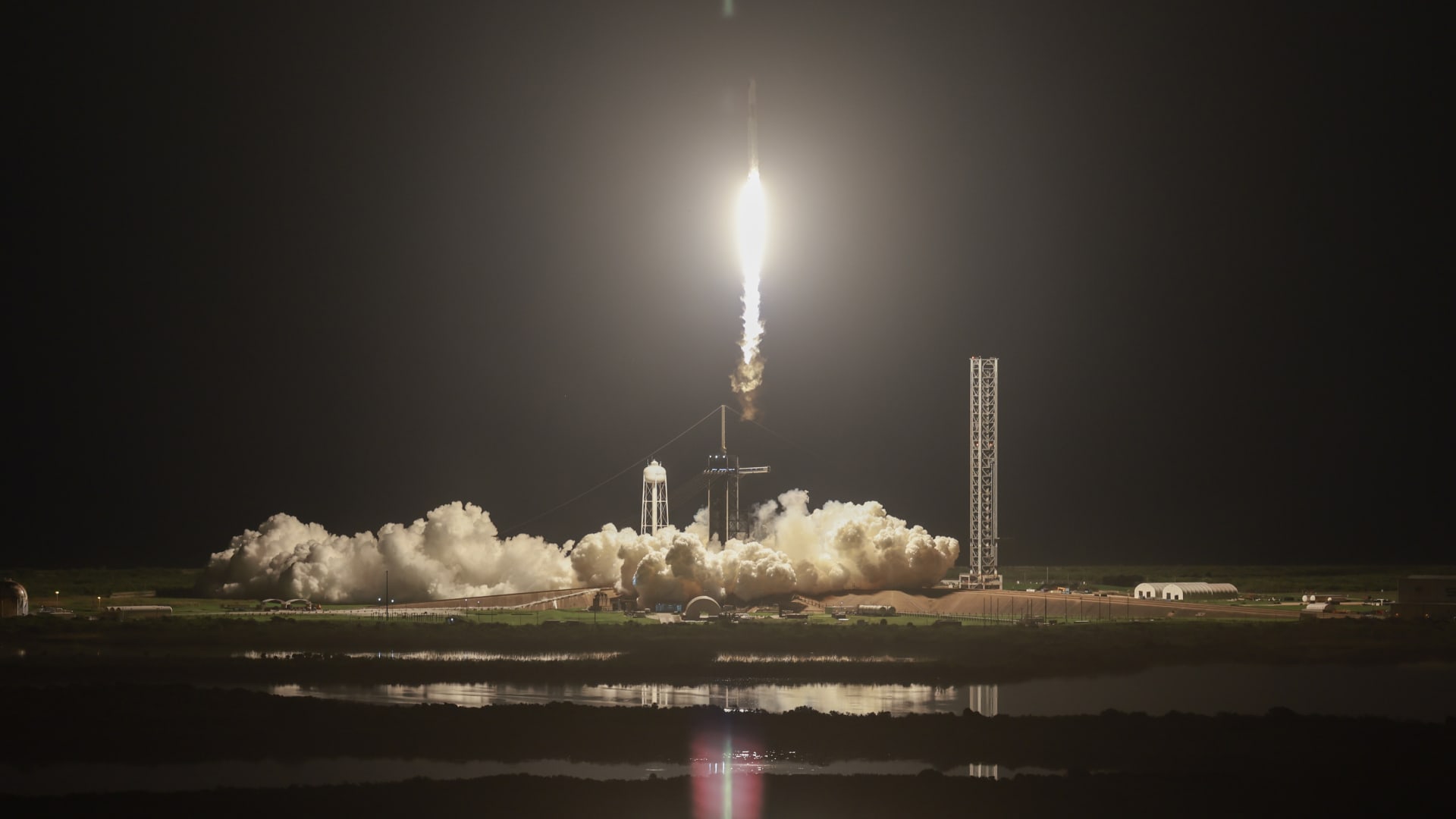The SpaceX Polaris Dawn mission is poised to mark a significant milestone in space exploration, aiming not only to push the boundaries of commercial spaceflight but also to conduct a historic spacewalk in space. This mission is part of a new era in human space exploration, with private companies like SpaceX at the forefront. Led by billionaire and experienced astronaut Jared Isaacman, the Polaris Dawn mission is expected to break new ground, testing the limits of human endurance and technology in space. In this article, we will delve into the mission’s objectives, its groundbreaking aspects, and the broader implications for space exploration.
The Polaris Dawn Mission Overview
Polaris Dawn is the first of three planned missions in the Polaris Program, a collaboration between SpaceX and Jared Isaacman. The Polaris Program’s overarching goal is to explore new frontiers of spaceflight and expand the commercial capabilities of space travel. Polaris Dawn specifically aims to test new technologies and prepare for future missions to the Moon, Mars, and beyond. The mission will involve a crew of four astronauts aboard SpaceX’s Dragon spacecraft, launched atop a Falcon 9 rocket.
What sets Polaris Dawn apart from previous missions is its bold objectives, which include reaching the highest Earth orbit ever achieved by humans, conducting a first-ever commercial spacewalk, and testing new communications technologies that could revolutionize how we interact with spacecraft and astronauts in the future.
SpaceX’s Polaris Dawn Falcon 9 rocket blasts off from Launch Complex 39A of NASA’s Kennedy Space Center on September 10, 2024 in Cape Canaveral, Florida.
Joe Raedle | Getty Images
SpaceX’s Polaris Dawn mission launched on Tuesday from Florida on a Falcon 9 rocket, which carried the Dragon capsule “Resilience” into orbit. It is the first of three missions that billionaire and Shift4 founder Jared Isaacman purchased from SpaceX in 2022 for his human spaceflight effort known as the Polaris Program.
The multiday trip is not headed to a destination like the International Space Station, but instead is a free-flying mission tracing orbits that the crew hopes will go far from Earth.
As a centerpiece to the mission, the crew will attempt to perform the first-ever SpaceX spacewalk. Extravehicular activities, or EVAs, have been a regular part of government astronauts’ missions, but no private venture has attempted an EVA before. The EVA is expected to last two hours from start to finish.
In addition to the spacewalk, Polaris Dawn plans to conduct about 40 science and research experiments during the mission.
The launch had been postponed multiple times over the past few weeks because of unfavorable weather conditions and a helium leak.
A SpaceX Falcon 9 rocket with the Crew Dragon Resilience capsule, carrying the crew of the Polaris Dawn Mission, lifts off from Launch Complex 39A at Kennedy Space Center in Cape Canaveral, Florida, on September 10, 2024.
Chandan Khanna | Afp | Getty Images
Isaacman is commanding the mission, leading a crew of four that includes the first two SpaceX employees, Anna Menon and Sarah Gillis, to go to space. This is Isaacman’s second time going to orbit, having led the historic Inspiration4 flight in 2021.
Polaris Dawn represents SpaceX’s 14th crewed mission to date, and its fifth private human spaceflight.
The Crew of Polaris Dawn
At the helm of Polaris Dawn is Jared Isaacman, who is no stranger to space exploration. Isaacman is a businessman and philanthropist who made headlines in 2021 when he led the Inspiration4 mission, the first all-civilian spaceflight to orbit Earth. As part of SpaceX’s Polaris Program, Isaacman continues his passion for space exploration, this time with even more ambitious goals.
Isaacman will be joined by three other crew members: Scott “Kidd” Poteet, a retired U.S. Air Force pilot and veteran of the Inspiration4 mission; Sarah Gillis, a SpaceX lead space operations engineer responsible for astronaut training; and Anna Menon, a SpaceX lead mission specialist. Together, the team brings a combination of military, engineering, and spaceflight experience, making them well-equipped to handle the challenges of the Polaris Dawn mission.

I don’t think the title of your article matches the content lol. Just kidding, mainly because I had some doubts after reading the article. https://accounts.binance.com/register?ref=P9L9FQKY